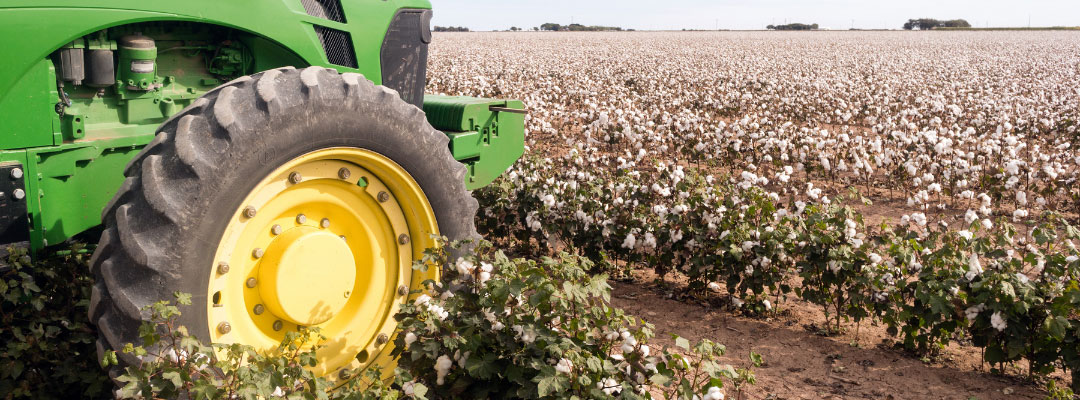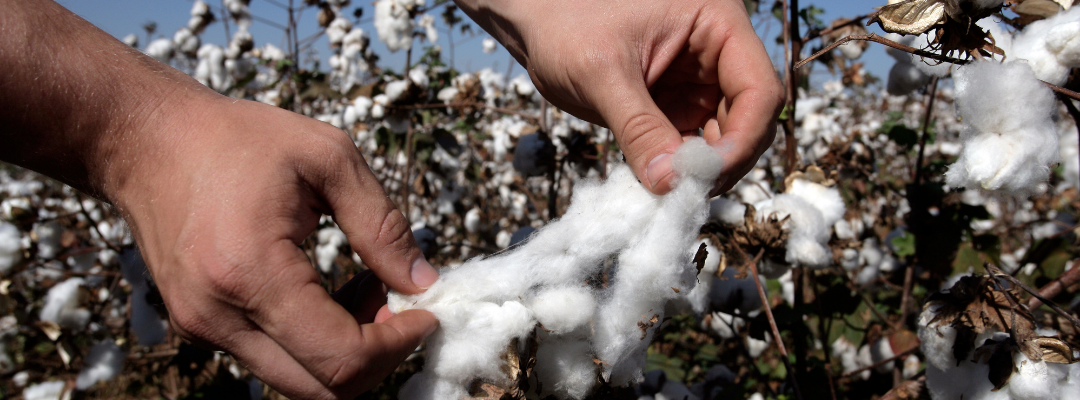For planning purposes, it is never too early to think about next season’s opportunities and risks. To start with, we’re still not settled on the size of the 2022 cotton crop. USDA forecasted the latter back in May at over 16 million bales, and their November forecast is two million fewer. Many in the southern plains expect more downward revision. If the old crop carry-out is the currently-forecasted three million bales or fewer, this will be the first contribution to what is shaping up as a tight new crop situation for the 2023/24 marketing year.
The second consideration is new crop planting. Relative prices of competing crops like feedgrains and wheat may induce fewer cotton acres being planted in 2023. For example, if you take Dec’23 corn futures trading over $6 per bushel and Dec’23 cotton under 80 cents per pound, the result is a historically high ratio of corn futures prices to cotton futures prices. History suggests that when pre-plant corn futures prices are this high in relation to cotton futures (presently around 8.0), we could expect cotton planted acres around nine million acres, all other things being equal (see Figure 1 below).
Obviously, there are other competing crop prices to consider such as soybeans, peanuts, and wheat. However, the corn:cotton model reflected in Figure 1 does a decent job incorporating the influences of those other competing crops.
The third consideration is the lingering drought impact of the fading La Niña. A relatively dry looking drought map implies at least average, if not above average, abandonment of cotton acreage in the southern plains for the 2023 crop, which will increase U.S. average cotton abandonment. Nine million planted acres of cotton with average abandonment implies potentially very tight supplies for the 2023/24 marketing year. It might imply an in-season weather market, with market volatility in anticipation of (or reaction to) milestone supply reports from USDA.
In short, there may be stronger new crop prices, but they may gyrate sharply between planting and harvest, which is typically volatile weather market behavior.
Figure 1. U.S. All Cotton Planted Acreage and Ratio of New Crop Corn:Cotton Futures Ratio.


Author: John Robinson
Professor and Extension Economist
jrcr@tamu.edu
Robinson, John. “Looking Ahead to the 2023 Cotton Market.” Southern Ag Today 2(50.1). December 5, 2022. Permalink








